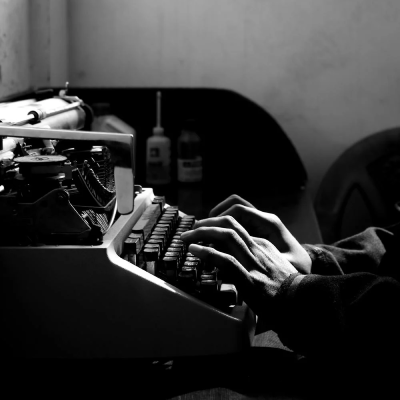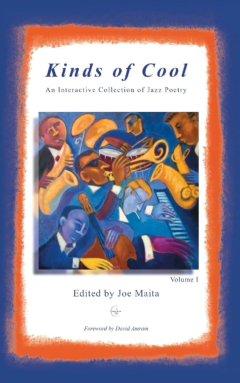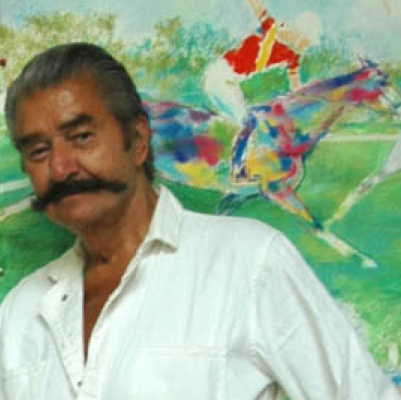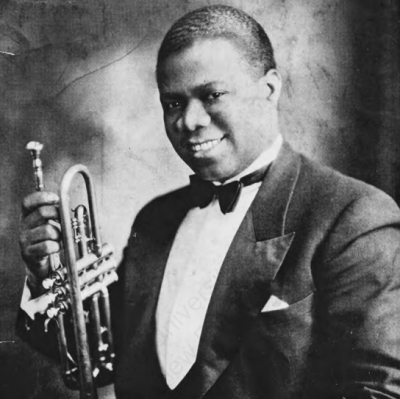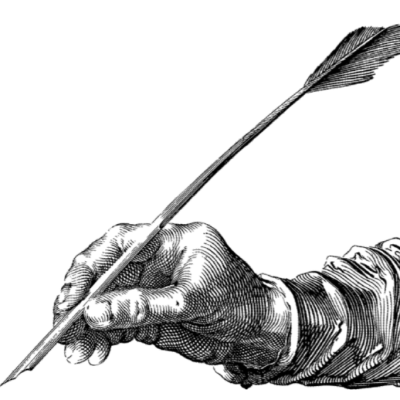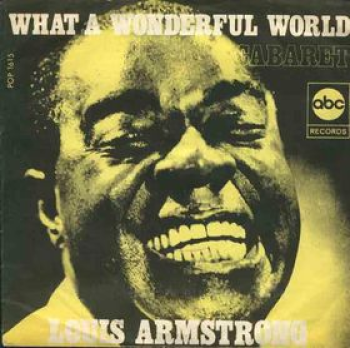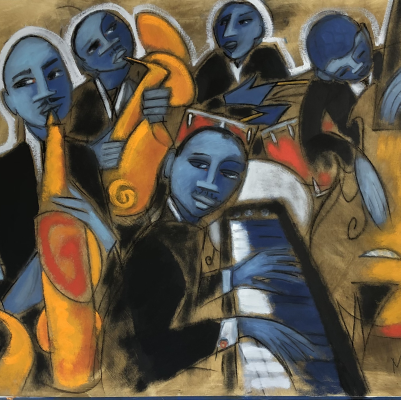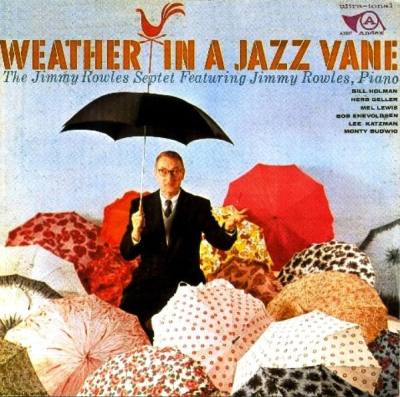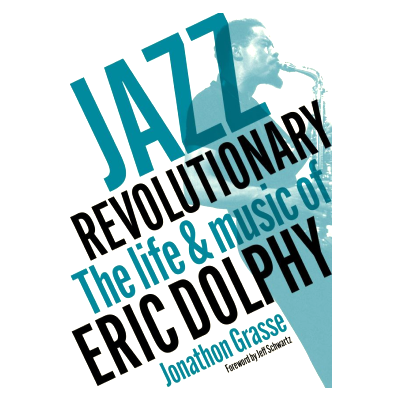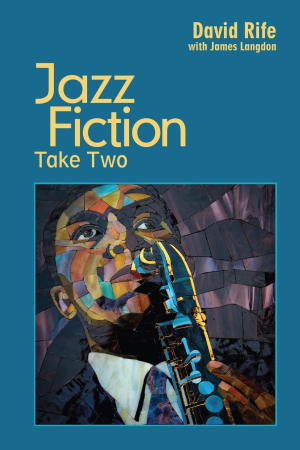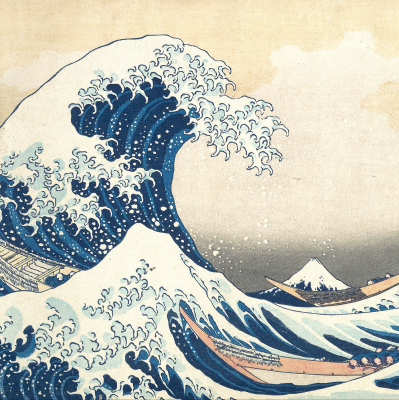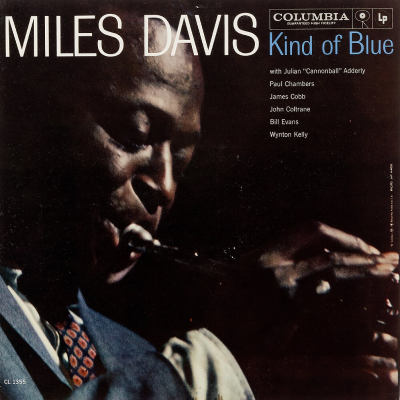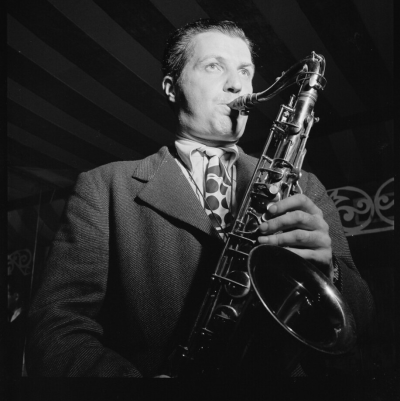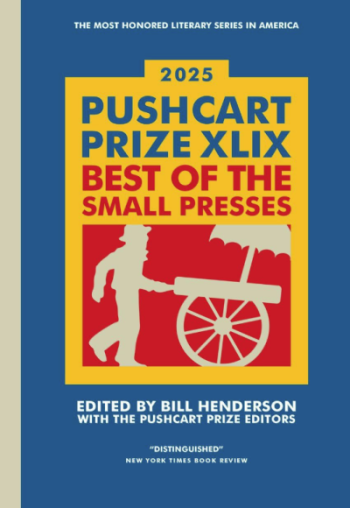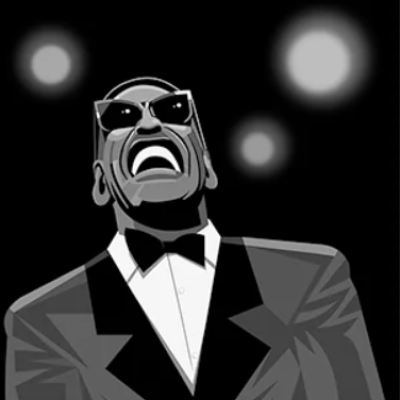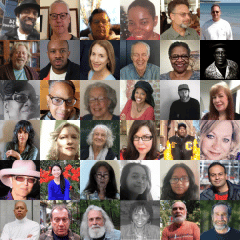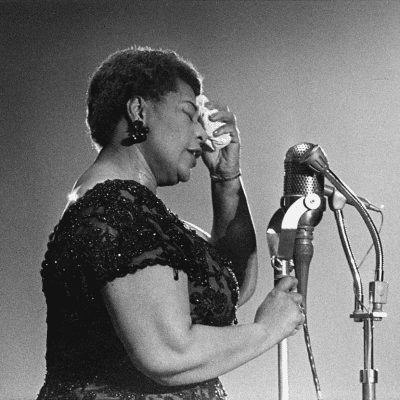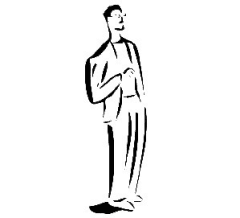.
.
photo by Dave Alvarez-Villalpando./via Row House
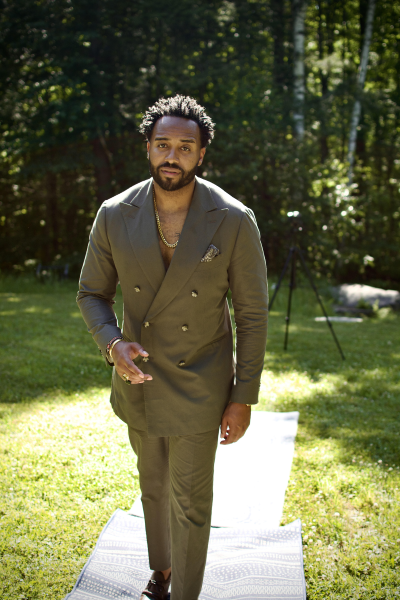
Frederick Joseph is the two-time New York Times bestselling author of The Black Friend (2020) and Patriarchy Blues (2022), as well as the author of Better Than We Found It (2022) and Black Panther: Wakanda Forever – The Courage to Dream (2022). He was recognized for the International Literacy Association’s 2021 Children’s & Young Adults’ Book Award, is a 2019 Forbes 30 Under 30 list-maker for marketing and advertising, an activist, philanthropist, and a poet. He was also honored with the 2023 Malcolm X and Dr. Betty Shabazz Vanguard Award, the 2018 Comic-Con Humanitarian of the Year award, and is a member of the 2018 The Root list of “100 Most Influential African Americans.”[Row House Publishing]
In 2023 he released his first volume of poetry, We Alive, Beloved. And in early May 2025 his first YA novel, This Thing of Ours, will be published.
.
.
_____
.
.
The Fire Each Time
by John Hawkins
.
…..Fred Joseph is an intriguing and truly inspiring individual. His quiet passion and worldview is evident in his writing, in his philanthropic projects, and in the interview I conducted with him last year to talk about the publication of his first volume of poetry, We Alive, Beloved. In preparation for the interview, I checked out some of his other writing and saw that he had written two previous New York Times bestsellers, The Black Friend and Patriarchy Blues. The former was cheekily subtitled How To Be a Better White Person, which Joseph says; “Unpacks the who and why’s of white supremacy,” and the latter examines ‘the tentacles of patriarchy — not just misogyny and sexism, but also homophobia, transphobia, and toxic masculinity.” In 2022, he published Better Than We Found It: Conversations to Help Save The World, which discusses contemporary activism and progressivism. I find it quite impressive that he launched a GoFundMe campaign called #RentRelief that helped renters in need face the pandemic.
…..His work engages me politically, but I also enjoy Fred Joseph the artist. I revel in his lyricism, his imagery, and in the pain he expresses – which I find myself able to relate to in a deeply human way. I was drawn into how Joseph relayed the loss of a child and how it affected his marriage and expresses the truth of survival: We Alive, Beloved. One poem, “On Days I Am Dying,” sings about the power of art in healing and transforming pain: “Artists can be a buoy, / tethered to tomorrow, / uncoiling the sorrow / knotted in the throat. / Each chord, a conversation / with the void, fleeting declarations / of promise written / in rhythms whispering you’re not alone.” This strikes a special chord with me. I also appreciate the kindness and sober maturity of his worldview which he sums up as interconnectedness. He told me, ” I just want us to get back to understanding that if we don’t do this thing called life as a village, we’re going to fail at this thing called life. We were not meant to be alone. That is not that’s not the experience of humans. And that’s not the experience of any living creature. Everything has to be connected in order to live to its fullest potential.” It warms my battered old heart.
…..In addition to the works cited above, Frederick Joseph has published Black Panther: Wakanda Forever – The Courage to Dream (2022). And in early May 2025, his Young Adult novel, This Thing of Ours, will be published.
…..He also has a Substack site, In Retrospect, where he writes about this interconnectedness in posts that address contemporary political and social issues.
…..At the conclusion of our recent interview, Fred reads a new poem, “Stillness Between Breaths.”
.
.
_____
.
.
JH Last year you released your first volume of poetry, We Alive, Beloved. Though the title suggests strength and resilience, there’s even more in your poetry — joy at being alive and able to love. In our interview last year you said of the title that the ‘We’ refers to a tendency in our society to operate from the ‘I’. Do you want to elaborate on that and why it’s important to recognize that tendency?
FJ The “We” in We Alive, Beloved is both resistance and offering. In a world that tells us survival is a solo act—to strive, achieve, heal alone—I wanted to write toward the truth that none of us make it without each other. I’ve survived many things, but never without community. I wanted to say: even in the face of grief and systems designed to erase us, we are still here — alive and beloved — because of each other.
JH I read somewhere that This Thing of Ours is a translation of Cosa Nostra, which is funny when applied to normal human relations. But maybe you meant it differently?
FJ Yeah, I meant it differently. Ha. In the novel, “this thing of ours” isn’t about crime—it’s about grief, about trying to carry your family’s dreams on your back when your body won’t let you. It’s about the unspoken pacts we make in Black and brown communities—the loyalty to our people, our blocks, our futures. Ossie’s journey is about discovering what his thing is—and what is collectively ours.
JH You seem to have found a niche with Young Adult readership. What kinds of concerns are at work for the writer of YA lit that are different from adult lit?
FJ Writing for young people is my favorite. I get to honor their emotional intelligence while knowing they’re still figuring the world out. When I write YA, I’m not writing down to teens, I’m writing with them. I’m remembering who I was when I needed to be seen. It’s a space where I know I can still help truly guide readers.
JH Your publisher says your novel is a testament to the power of words. Can you say more, especially about the power of words as a means of empowerment for youth?
FJ Words saved me. They gave me permission to feel what I couldn’t say out loud. For young people—especially those who feel voiceless in their environments—writing and reading can be radical acts. They can affirm your existence, help you name injustice, even reimagine your future. In This Thing of Ours, Ossie loses the one thing that made him feel like he mattered. But he finds power again in writing. He learns that your voice doesn’t need to echo in a gymnasium to be heard.
JM How is your philanthropic work going? What projects are you working on?
FJ Mutual aid is still at the heart of what I do philanthropy-wise. Right now, we’re continuing to focus on community-driven efforts—providing essentials, support, and storytelling platforms for underrepresented voices. We just wrapped a giving drive for a women’s shelter in Manhattan. We are actually going to do a large Juneteenth reading event next for youth without the same access to books as others.
JH In our pre-election interview last year, you said the face-off between Trump and Harris might cause a racial chasm. Given Trump’s agenda so far, including dissolving DEI efforts, are you surprised at the limited resistance from Black Americans?
FJ I’m not surprised. There has been a major narrative being shared that Black Americans should sit the fight out after generations of fighting—often alone. So now, people are pushing the idea of rest and letting others get in the ring. But I feel it’s problematic, because the battle is far from over. But I get it. I’m tired, too. Many of us have been resisting since birth, in ways that don’t make headlines. But I believe the fire is still there.
JH I see you are very active at your Substack site, In Retrospect. What are you writing about there that is different from your other writing?
FJ My Substack is where I get to be completely unfiltered—no gatekeepers, no algorithms shaping my thoughts. I write essays on race, masculinity, grief, joy, current events, pop culture—whatever I’m sitting with that week. It’s a space where I get to sort of have a public literary journal. and most importantly, don’t have to pitch outlets to get essays published.
.
.
A brief excerpt from Chapter Four of This Thing of Ours/Ossie’s Essay Submission (printed with permission of the author)
.
…..“Basketball was the way my family was going to break the cycle of spending three generations in the projects after escaping the toil of sharecropping in Georgia.
…..Those brick buildings have a way of killing all parts of you, and I knew my family was dying slowly.
…..…Because this broken body can’t jump, it can’t run, and they tell me that’s the only way boys like me can rescue my family from a slow death.
…..Boys like me aren’t given the sky and whatever is beyond it. Boys like me are told that we’re too dark to fly any closer to the sun. But I want to know what it feels like to be warmed by happiness.
…..Infinite: the potential that lives inside every Black soul. We are more than what they’ve decided to let us become, more than vessels for others’ visions and dreams.
…..And there will be a day, inevitable as the sunrise, when each of us will fly, unshackled and unburdened, into the boundless skies of our fullest selves.”
.
.
Listen to Frederick Joseph read his poem “Stillness Between Breaths”
.
Click here to visit Frederick Joseph’s Substack site
.
.
___
.
.

John Kendall Hawkins is an American freelance writer currently residing in Australia. His poetry, commentary and reviews have appeared in publications in Oceania, Europe, and the US. He is a regular contributor to Counterpunch magazine. He is a former winner of the Academy of American Poets prize. He’s working on a novel.
.
.
.
___
.
.
.
Click here to read other interviews published on Jerry Jazz Musician
Click here to subscribe to the (free) Jerry Jazz Musician quarterly newsletter
Click here to help support the ongoing publication of Jerry Jazz Musician, and to keep it commercial-free (thank you!)
.
___
.
.
Jerry Jazz Musician…human produced since 1999
.
.
.






